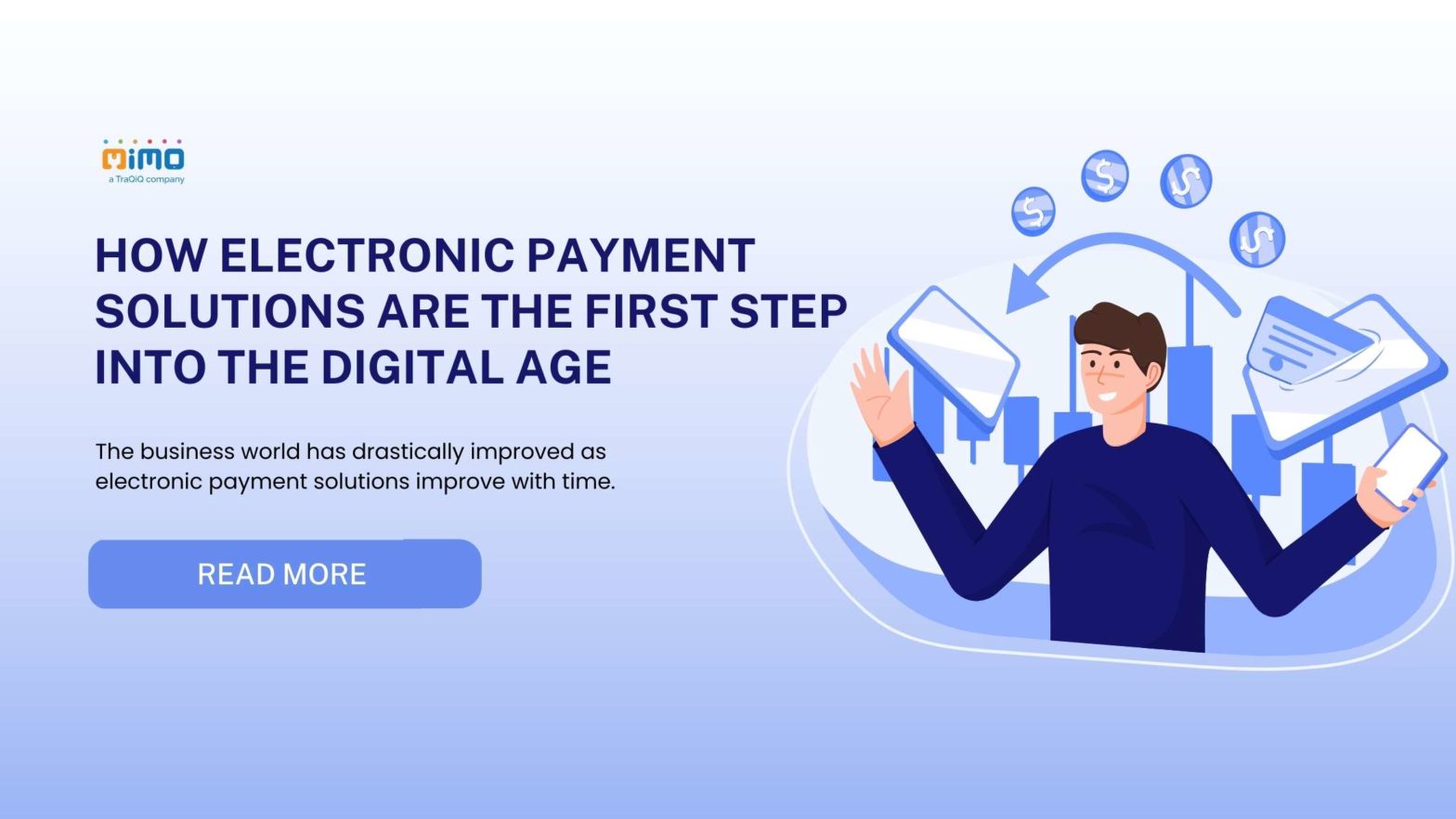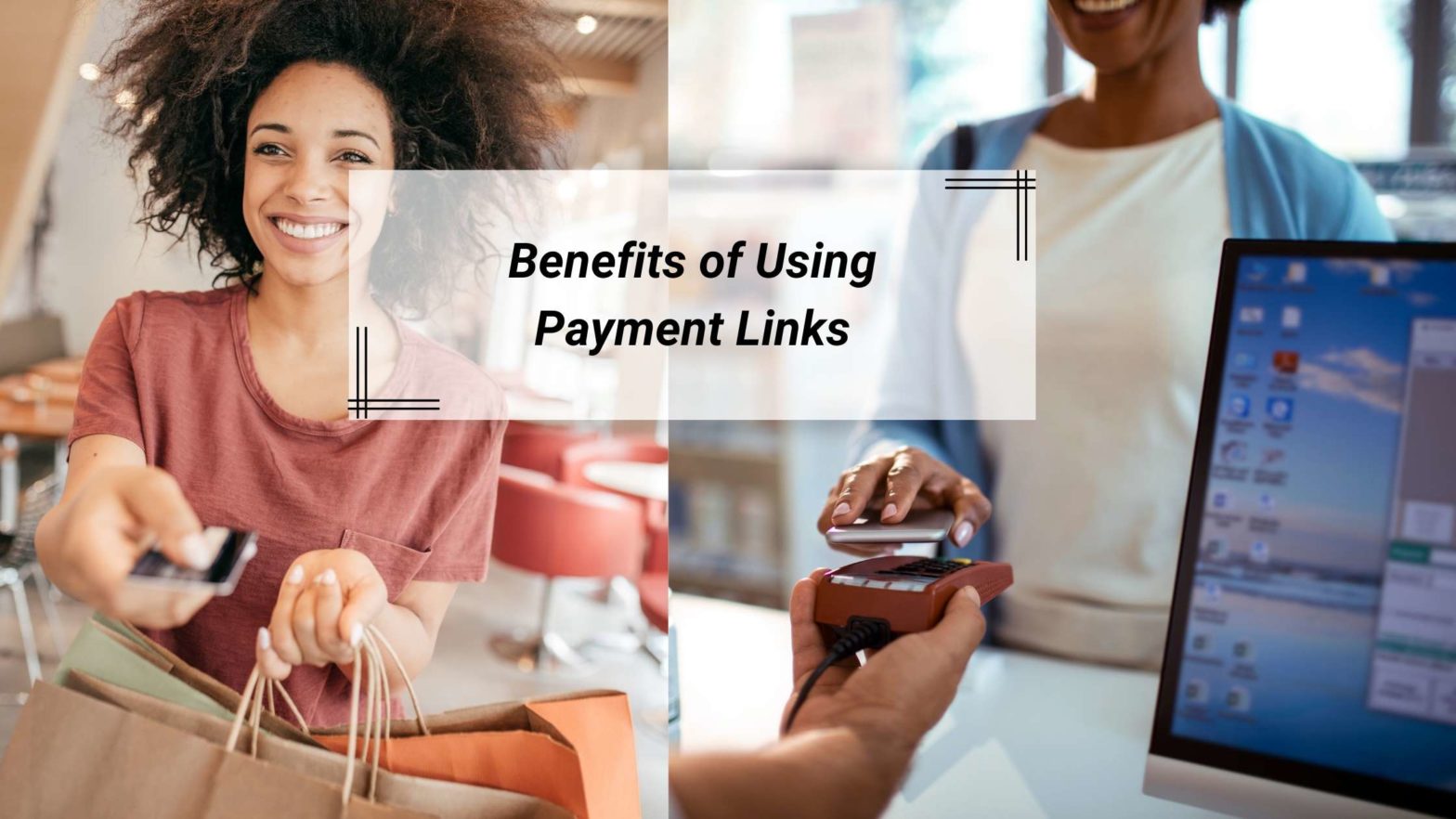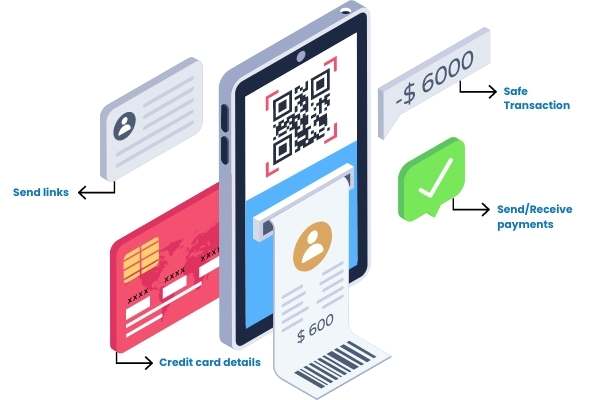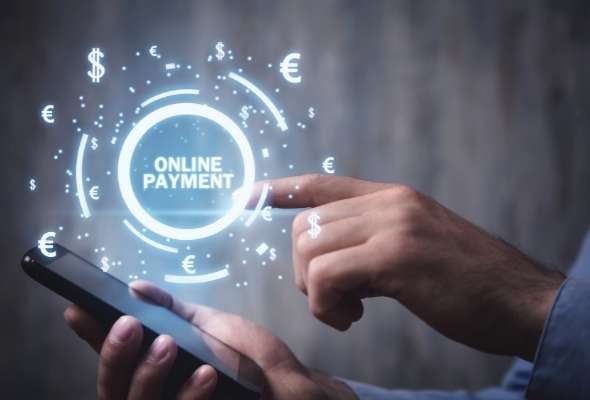
How Electronic Payment Solutions are the First Step into the Digital Age
Finance is a big part of people’s daily lives— both on a consumer and professional level. We rely on financial transactions for so much of our day-to-day living. We buy groceries, pay our bills, receive salaries and sales, budget our finances, and so much more. Over the years, many of these activities have moved to electronic platforms, sparking a vast movement in financial technology or fintech.
Nowadays, 64% of consumers use some form of fintech platform. And while the adoption of these tools for payment has increased, there is still some pushback. But the importance of electronic payment systems cannot be denied. We rely on it heavily today. So do businesses. And soon, there might come a time the majority of our transactions will happen electronically.
Table of Contents
Aspects of Payment You Can Digitize
Just what can businesses and people digitize today when it comes to our finances? There are many aspects that have now gone electronic when it comes to money. Here are just a few of them.
Purchasing
Probably one of the biggest shifts in the past half-decade has been the growth of e-commerce. Consumers are no longer just buying more online. They’re actually at a point where many of them prefer it over offline methods. In 2020 alone, amidst the height of the pandemic, e-commerce grew by 27.6%.
Hence, there has been a massive shift towards online payment gateways and systems. Some electronic payment system examples we might be familiar with include PayPal, GooglePay, ApplePay, AmazonPay, Stripe, and so many more. Another growing option is TraQPayments, which merchants can use to collect money via payment links.
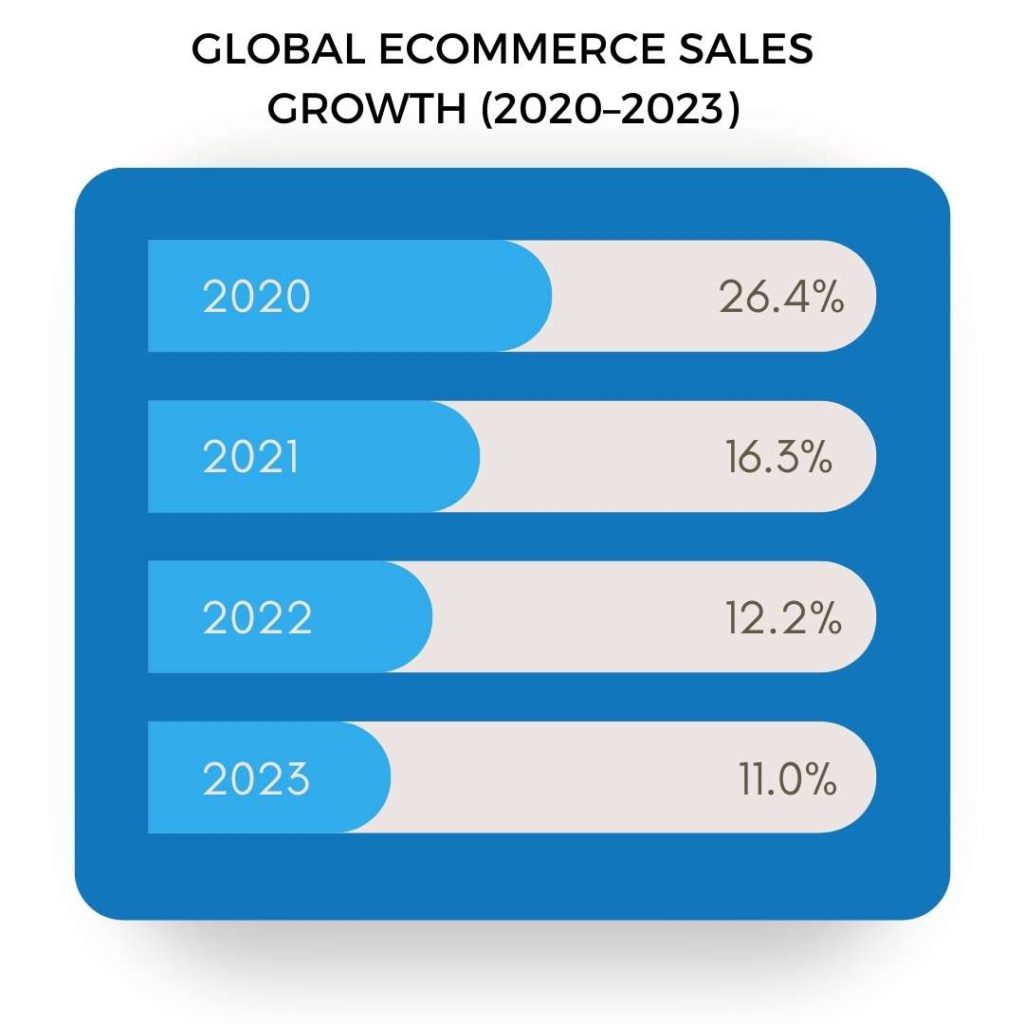
B2B Payables
Not only are people buying more in a B2C setting. They’re also starting to shift many of their B2B payables online. Businesses prefer to pay their suppliers, providers, and utilities online. Doing so is not only more productive. It’s also easier to track. Without the problem of unnecessary travel times and queues, business owners and managers can now allot their time towards other more important activities in the business.
Invoicing
People no longer just want to pay online. They want to be paid online as well. Online invoicing has radically shifted accounting and finance in a whole new direction. Because merchants want to pay online, companies should now start thinking about providing digital invoicing options online. These invoicing softwares do more than just online billings— which accounting can then file much easier. They also allow invoice recipients to settle payments online with ease.
Some of the invoicing software and examples that people should start looking into are PayPal and Stripe. However, these two options can be known for their massive fees. So you might also want to look at TraQPayments as an invoicing software option, given it has competitive fees and many other features and benefits.
Accounting and Book keeping
Now that so much money is moving online, 40% of accountants want to automate accounts payable and invoicing. By doing so, they’re able to accomplish bookkeeping and finance tracking tasks faster. For an accounting firm, this advantage could mean being able to get more clients. For an accounting department in a large corporation, that means that accounting managers will be able to stay up-to-date on all finance tracking with very little chance of falling back on work.
Personal Budgeting
Not only can professional accountants automate their bookkeeping. Individuals can also do so at a personal level. For someone who wants to pay their internet bill or water bill, electronic payments will most likely be a more viable option. It removes the hassle of having to leave the office for an hour to head over to the nearest payment center, for example.
There’s also the abundance of budgeting apps on mobile phones now that make it easier for people and families to get better control of their finances.
Payroll
Human resource departments also get to benefit from the growth of online payments’ popularity. 54% of small businesses say that there is room for improvement in their payroll policies and systems. Switching to online payroll services could be one of those improvements for your business.
Online payroll systems help HR departments save time and energy by automating salary computation and making it possible to disburse payments to employees virtually. That, in turn, speeds up the payout process. When employees get paid faster and more promptly, you’ll also have happier staff in general.

Expense Management
If your business still relies on manual systems to disburse, liquidate, and report back petty cash expenses, travel expenses, and so on, then there’s a chance you’re leaving money on the table. Expense management software makes small expenditure management more convenient for entrepreneurs, managers, and finance departments. Because most expense management systems are cloud-based, companies can also collect reports from traveling staff even before they get back to the office. This added edge allows for smoother accounting and more accountability.
Advantages of Going Electronic With Your Payments
All in all, it’s safe to say that electronic payments make our lives easier. And there are many advantages that build that case. If you’re not convinced, these benefits should be able to solidify this case.
Ease of Business
The ease of doing business should be a priority across economies, especially for small to medium-sized businesses. With the added features of electronic payment systems, SMEs can transact faster, take payments from clients and customers wherever they are, and grow much easier than traditional methods alone.
The pandemic taught us that e-commerce and digital business should be a staple for any business, no matter how large. And more innovations in electronic payment markets make it easier for everyone to do that. Mobile adoption has also helped increase the ease of doing business. 90% of fintech users have used some form of mobile payment.
Saved Time and Resources
Electronic payment options save everyone time and resources. Imagine the decreased hassle of having to buy food because food delivery apps now make it possible to order and pay for food without leaving their home or office.
The cost savings brought about by electronic payments also compound massively. For instance, the cost of sending digital invoices is much lower than having to print and freight hard copy invoices. Invoice management software can also automate payment reminders so that business owners and finance staff no longer have to do so manually when clients fail to pay on time.
Security
There’s an ongoing debate about the security of online payments, given how cybersecurity threats have risen with time. But overall, online payment options can provide more layers of security. Processes like KYC procedures and authentication steps add more layers of protection to people who send or receive payments online.
The security advantages of electronic payment systems will only improve through time as more protection innovations arise. We’re in the early stages of digital adoption still, and there’s plenty more room to grow, particularly around financial security.
Increased Reach
Businesses that use electronic payment options like e-commerce and online invoicing now have the ability to reach more clients, no matter what part of the country (or even the world) they are. Purchasing trends like cash on delivery and digital wallets are improving transactions online and encouraging more customers to buy virtually. As that reach grows, businesses will only grow more.
The Future of Business with Electronic Payment
All in all, the business world has drastically improved as electronic payment solutions improve with time. And those two will only keep growing together as more businesses and consumers start adopting this new era of commerce.
Like this article?
More To Explore

What Factors Should Organizations Consider Before Outsourcing Their Internal Audit Functions?
+91 1141182211 Outsourcing has become a strategic choice for many organizations looking to streamline operations, reduce costs, and enhance efficiency.

Outsourcing Internal Audit: Evaluating the Upsides and Downsides for Your Organization
+91 1141182211 In today’s dynamic business environment, companies face increasing pressure to enhance efficiency, manage risks effectively, and ensure compliance

A Background Verification Guide: Frequently Asked Questions and Their Answers
+91 1141182211 Background verification (BGV) is a crucial process used by employers to ensure they are hiring candidates with accurate
